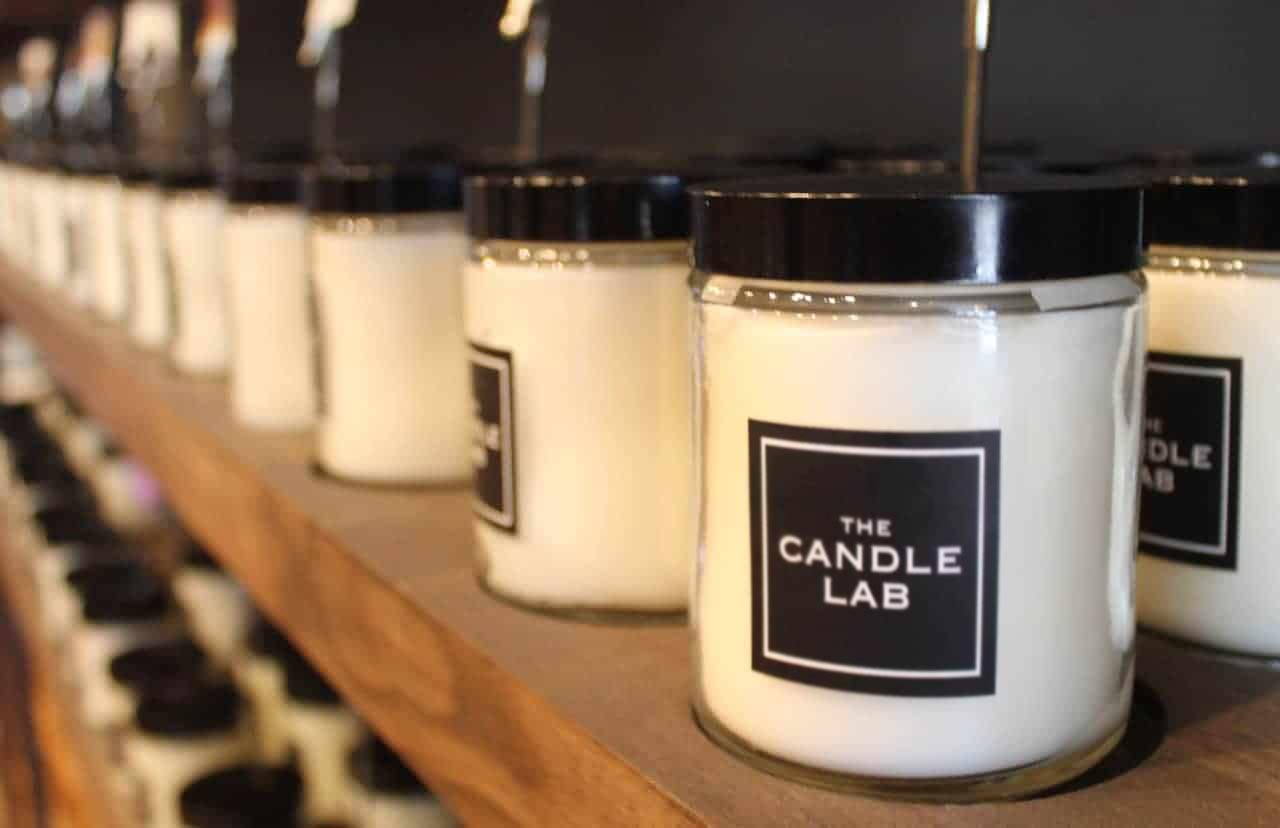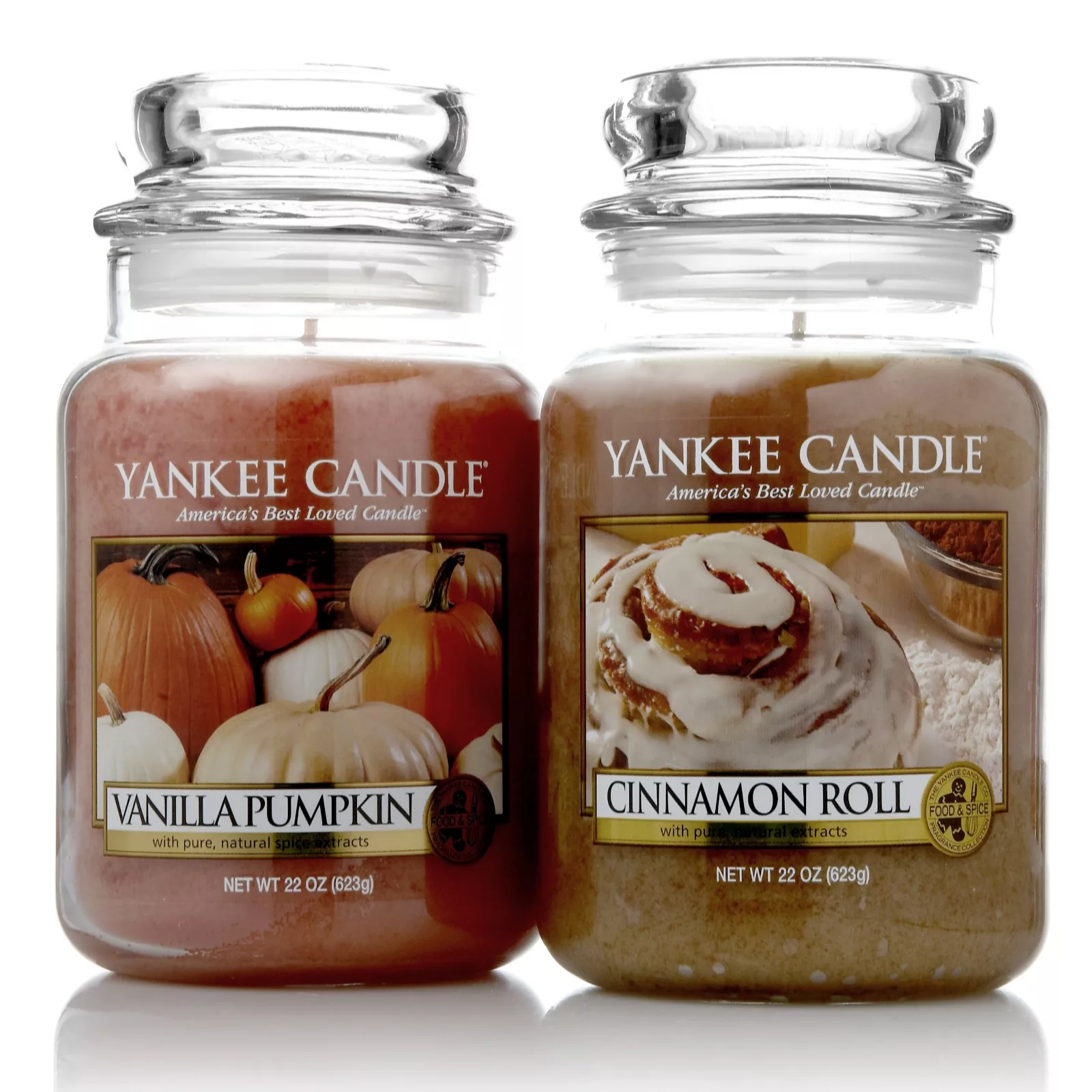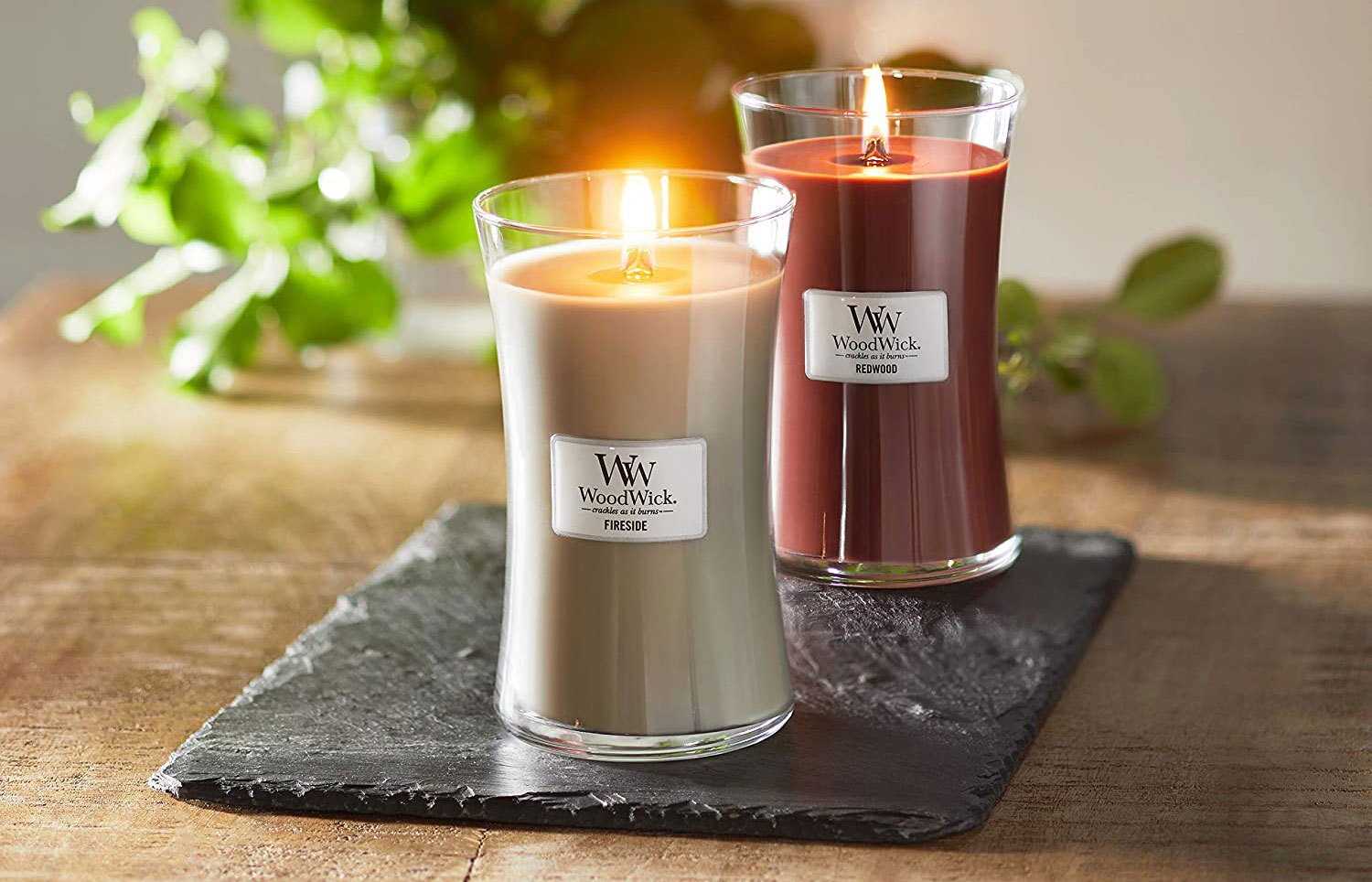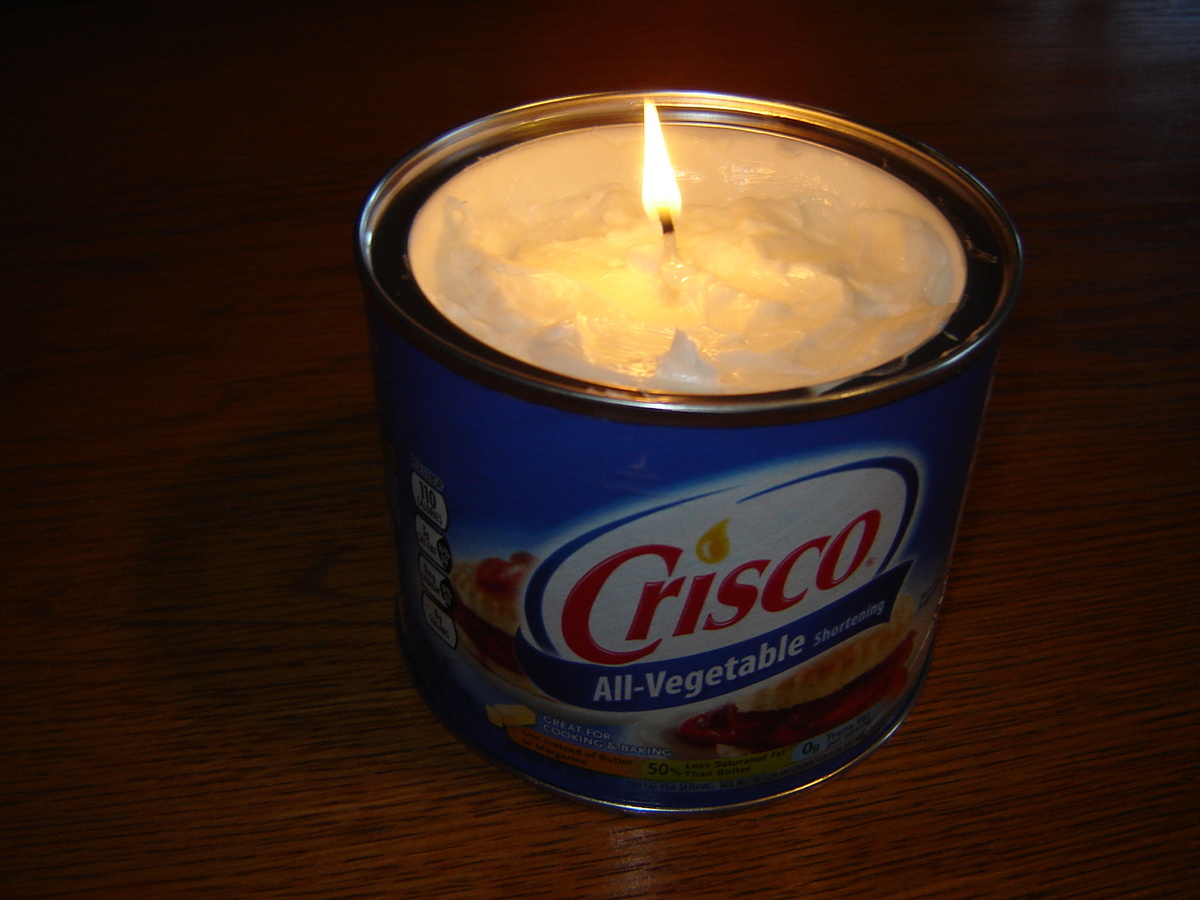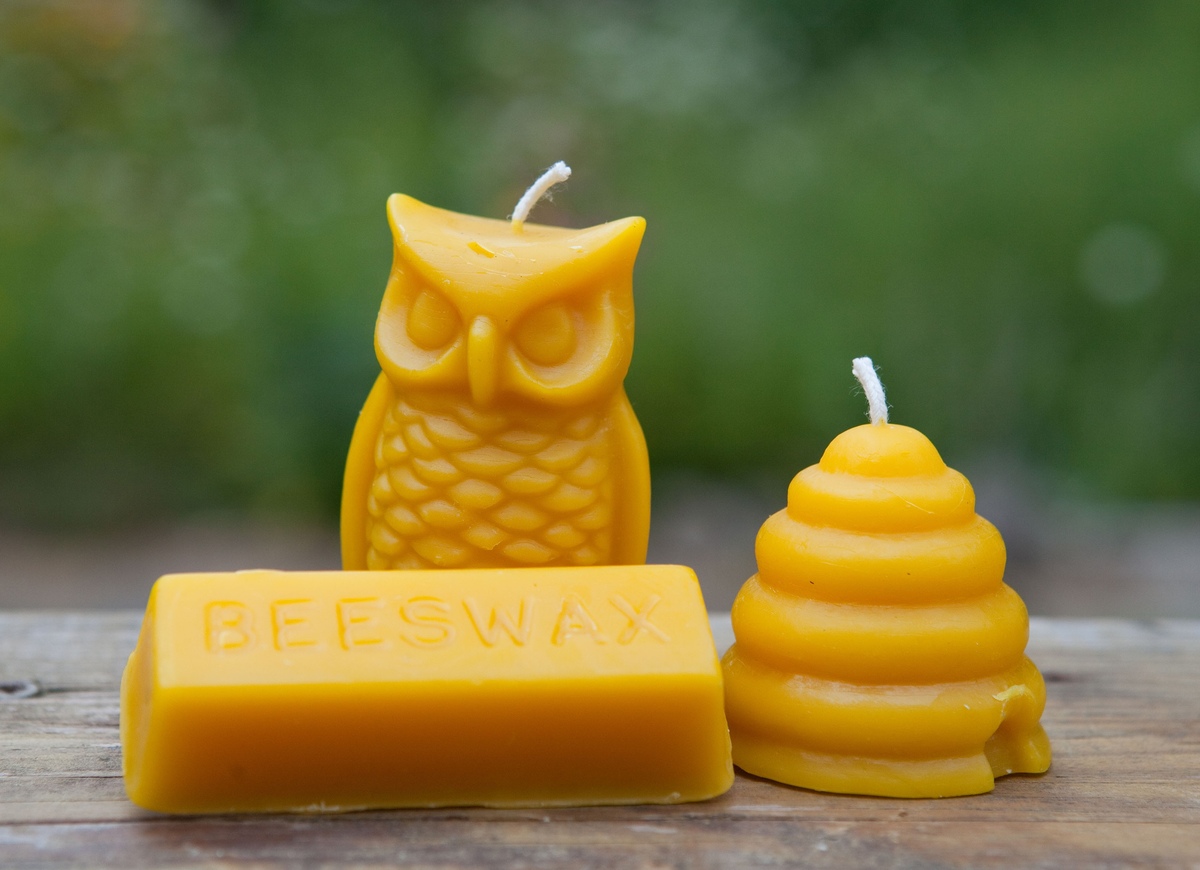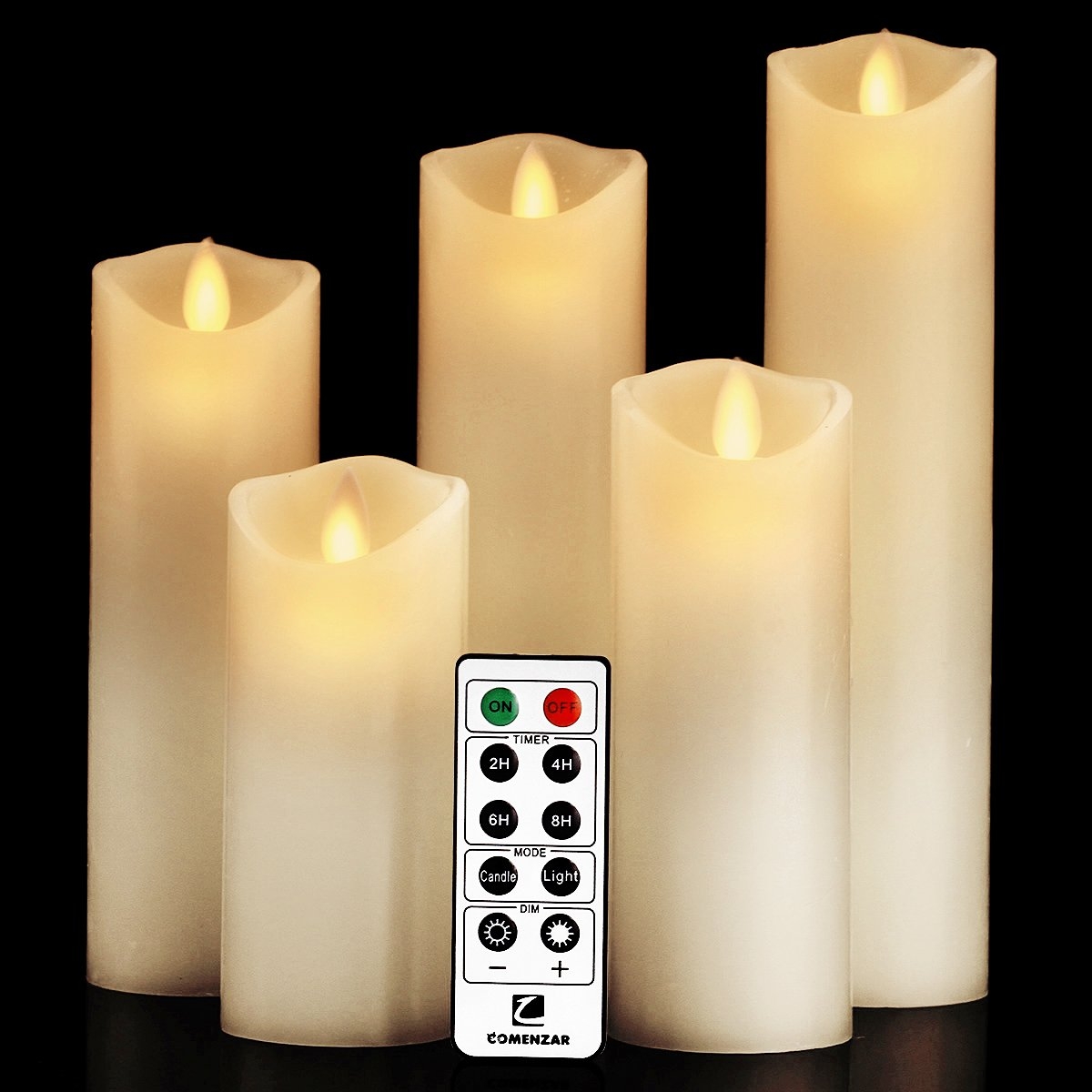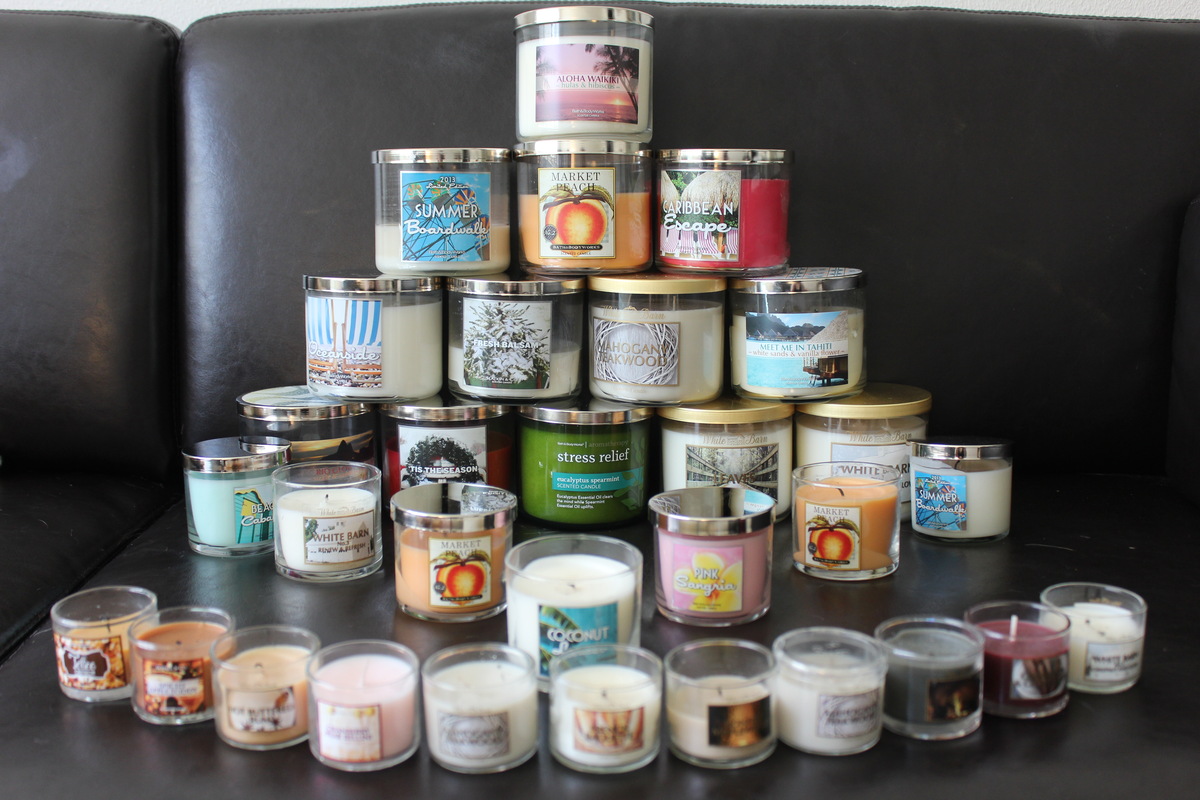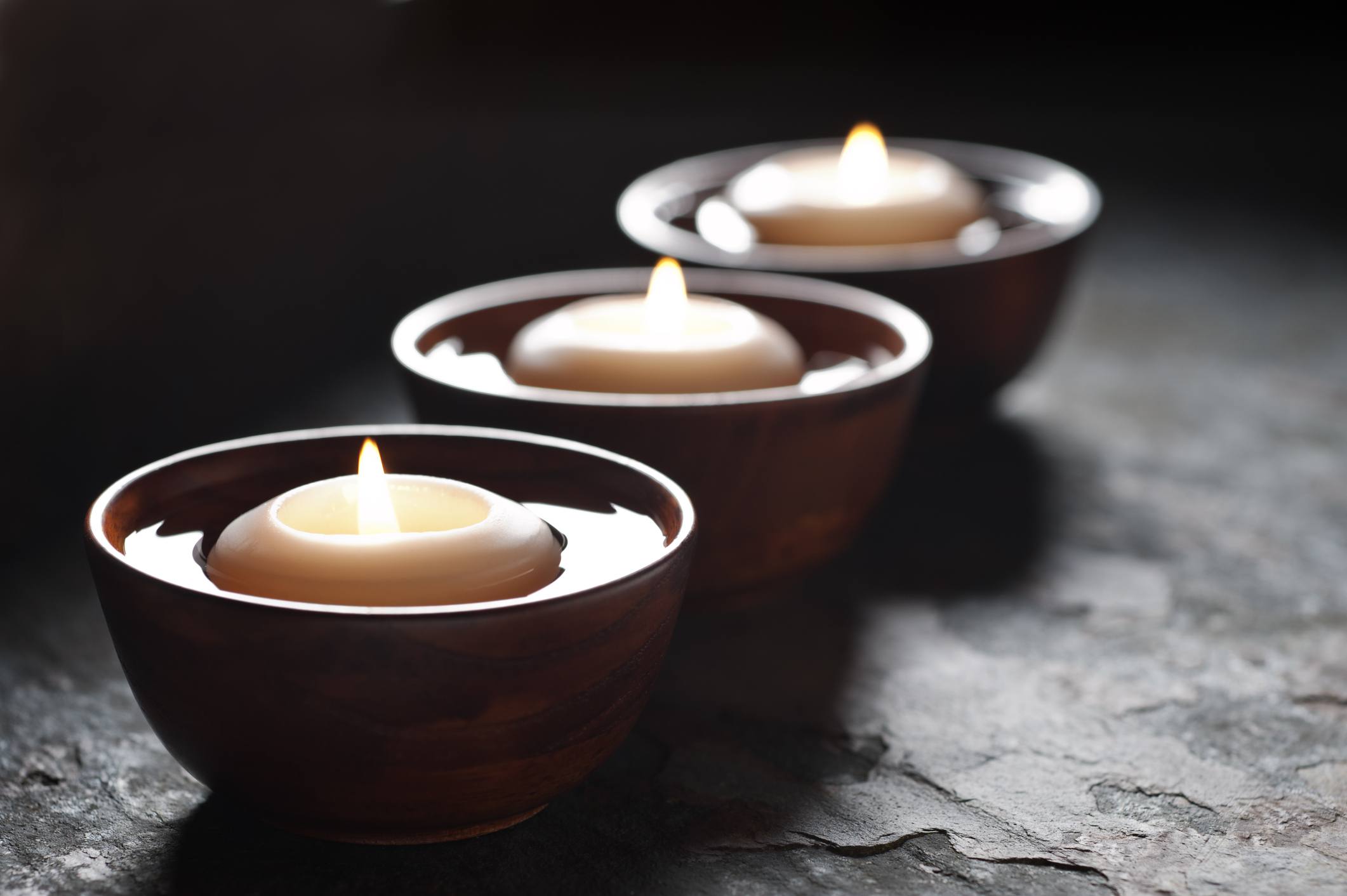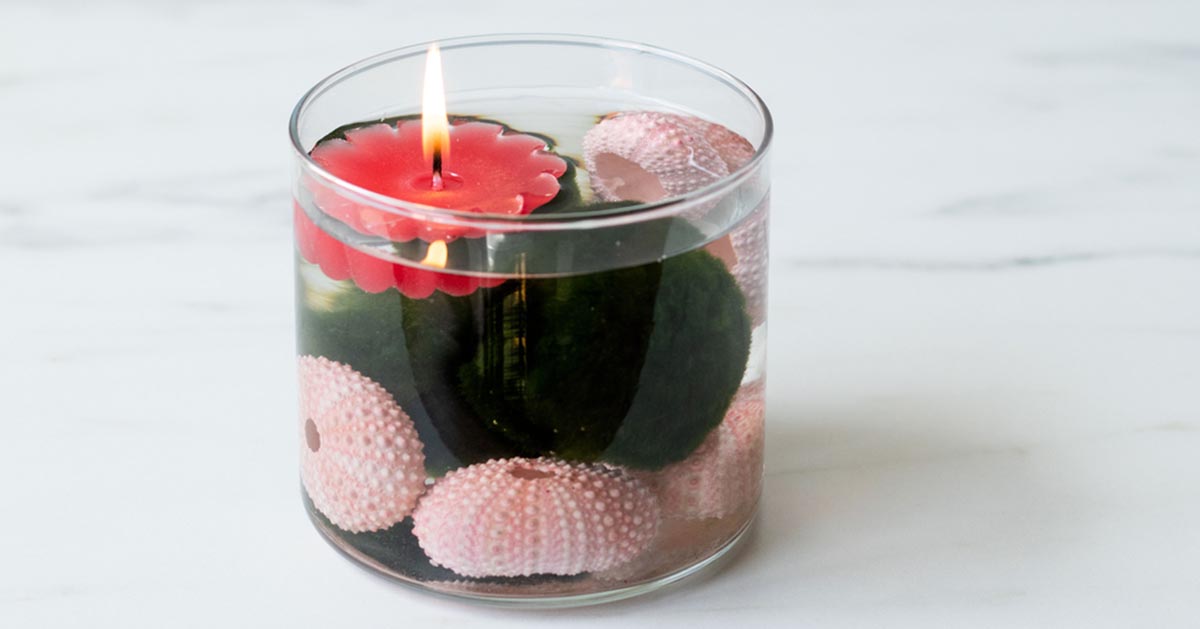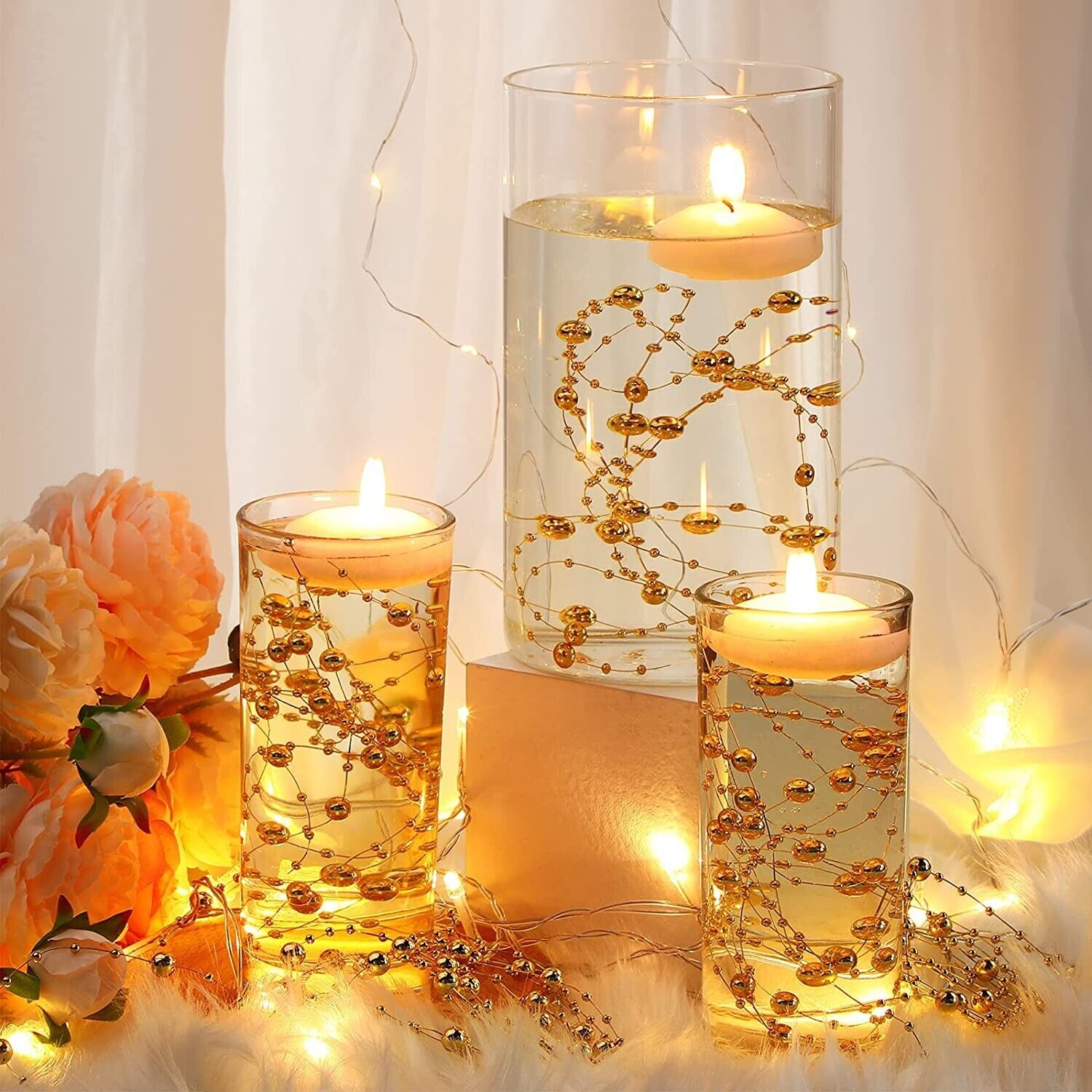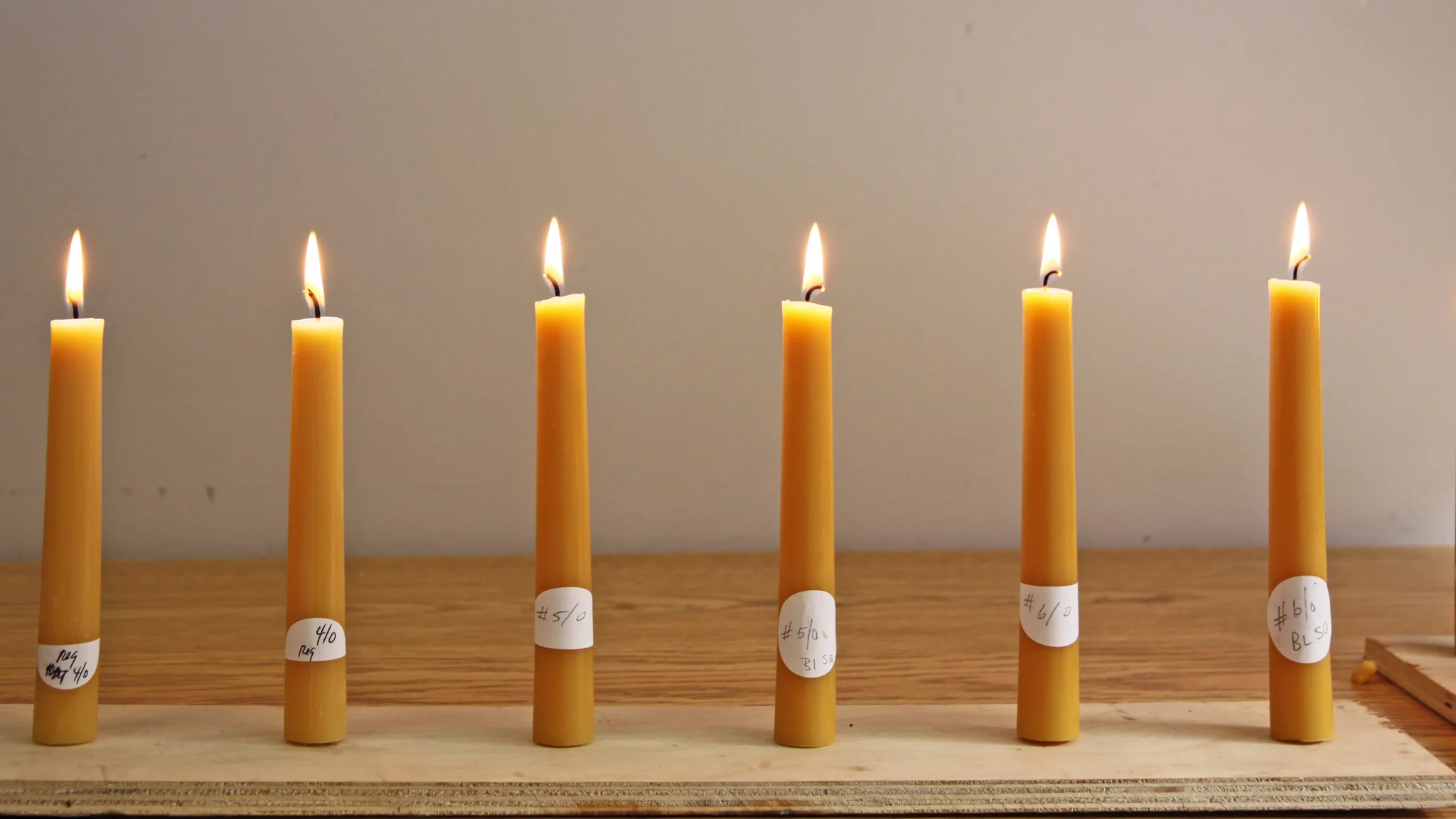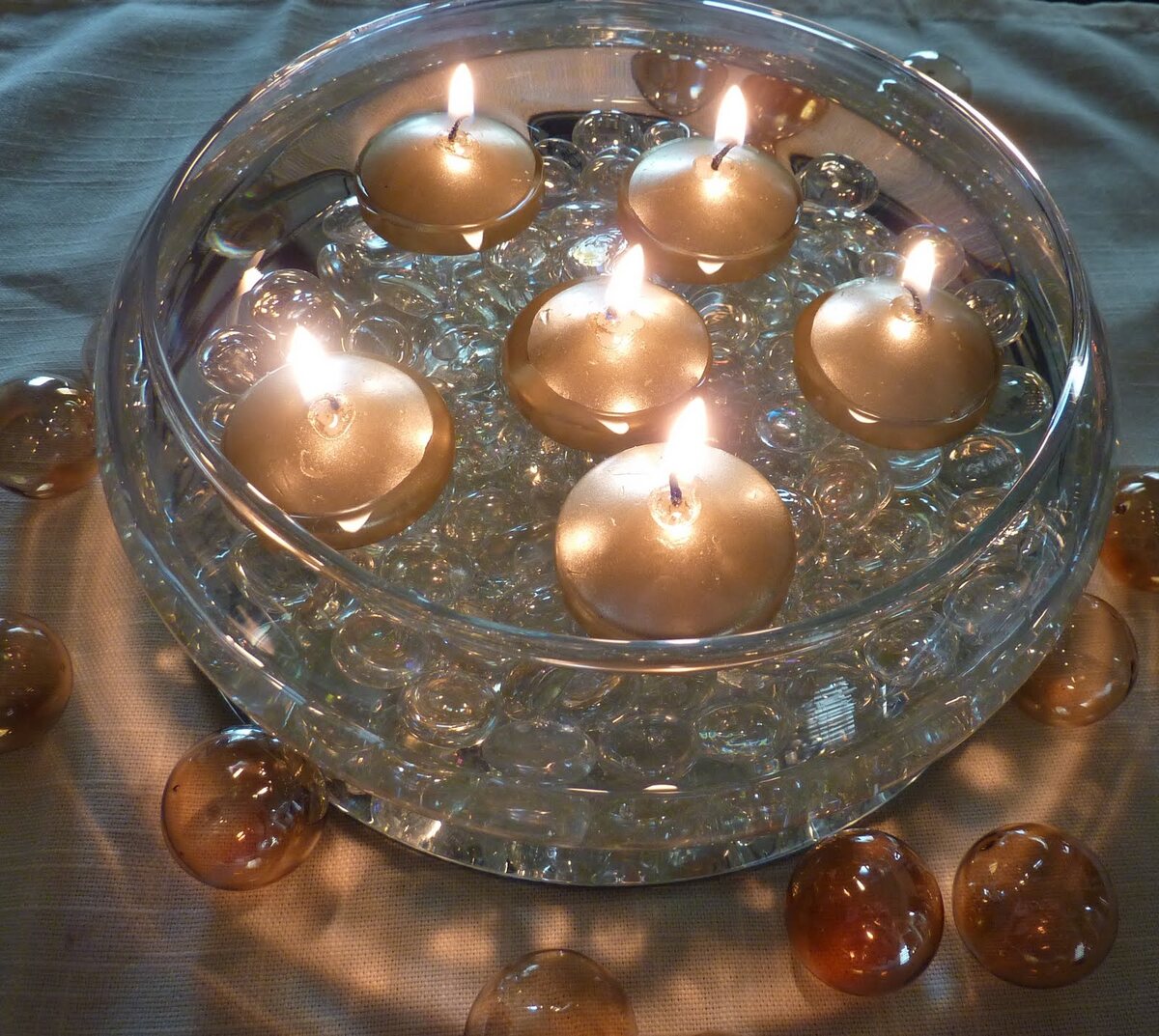

Articles
How Long Do Floating Candles Last
Modified: March 2, 2024
Discover how long floating candles can last in this informative article. Find out tips and tricks to extend their burn time for a more delightful ambiance.
(Many of the links in this article redirect to a specific reviewed product. Your purchase of these products through affiliate links helps to generate commission for Storables.com, at no extra cost. Learn more)
Introduction
Welcome to the enchanting world of floating candles! These ethereal light sources have the power to transform any space into a mesmerizing oasis of warmth and tranquility. Whether you’re hosting a romantic dinner, a soothing bath, or a captivating event, floating candles add a touch of elegance and ambiance that is unmatched by other lighting options.
In this article, we will explore the fascinating world of floating candles, including what they are, factors that affect their lifespan, and tips for maximizing their burn time. So, if you’re ready to dive into the secrets of these magical candles, let’s get started!
Key Takeaways:
- Create a captivating ambiance with floating candles by choosing high-quality, larger candles with wider bases, and trimming the wicks. Optimal water conditions and wind-free areas ensure a longer, mesmerizing burn time.
- Elevate any setting with the enchanting glow of floating candles. Maximize their lifespan by avoiding direct sunlight, excessive heat, and overcrowding. Choose high-quality candles and create an optimal environment for a captivating experience.
Read more: How Long Do Candles Last
What are floating candles?
Floating candles are a unique type of candles that are designed to be placed and burned on water surfaces, such as bowls, ponds, or decorative containers. Unlike traditional candles that require a solid base, floating candles are crafted to effortlessly float on the water while emitting a soft and enchanting glow.
These candles are typically made from a combination of paraffin or soy wax, which allows them to float without sinking or getting extinguished. They come in various shapes, sizes, and colors, allowing you to create a personalized and visually appealing display that suits any occasion or theme.
One of the most distinctive features of floating candles is their wick placement. Instead of being centered in the middle of the candle, the wick is strategically positioned towards the edge or side. This placement ensures that the flame remains stable while the candle slowly melts, resulting in a longer burn time.
What sets floating candles apart from other types is not only their aesthetic appeal but also the captivating ambiance they create. As these candles gently float on water, they lend an air of tranquility and serenity to any setting. Whether used indoors or outdoors, they infuse a sense of calmness and elegance, making them ideal for intimate gatherings, weddings, or relaxation rituals.
Furthermore, floating candles can be customized to suit different occasions and moods. They can be scented with fragrances like lavender, vanilla, or sandalwood, adding an additional sensory element to your experience. You can also choose candles with unique shapes, such as flowers or stars, to further enhance the visual appeal.
So, whether you’re looking to create a romantic atmosphere, a spa-like oasis, or a captivating centerpiece, floating candles are a versatile and beautiful addition to your decor.
Factors that affect the lifespan of floating candles
While floating candles can create an enchanting ambiance, their burn time may vary depending on several factors. Understanding these factors can help you maximize the lifespan of your floating candles and ensure that they glow brightly for as long as possible. Here are some of the key factors that can affect the burn time of floating candles:
- Wax type: The type of wax used in floating candles can significantly impact their burn time. Generally, candles made with higher-quality waxes, such as paraffin or soy wax, tend to burn slower and last longer than those made with lower-quality waxes.
- Size and shape of the candle: The size and shape of the floating candle can affect how long it will burn. Larger candles naturally have more wax and hence a longer burn time. Similarly, candles with a wider surface area tend to burn slower compared to those with a narrower base.
- Burn time and burn rate: The specified burn time provided by the candle manufacturer gives an estimate of how long the candle should burn. However, factors such as the candle’s quality, wick size, and environmental conditions can impact its actual burn rate. Candles with longer burn times will typically last longer.
- Placement and environment: The placement of the floating candles and the environment in which they are placed can significantly affect their lifespan. For example, if they are exposed to drafts or windy areas, the flame may burn faster, resulting in a shorter burn time. Similarly, if the candles are placed in a warm and humid environment, they may melt faster.
It’s essential to keep these factors in mind when using floating candles to ensure that you have the best experience possible. By choosing high-quality candles, considering their size and shape, being aware of their burn time, and creating an optimal environment, you can prolong the lifespan of your floating candles and enjoy their soothing glow for an extended period.
Wax type
The type of wax used in floating candles can have a significant impact on their burn time and overall performance. There are various types of waxes commonly used in candle-making, each with its own characteristics and qualities. Here are some of the most popular wax types used in floating candles:
- Paraffin wax: Paraffin wax is one of the most commonly used waxes in candle-making. It is derived from petroleum and has a low melting point, making it an ideal choice for floating candles. Paraffin wax candles have a longer burn time and tend to release a stronger scent compared to other types of waxes. However, they may produce more soot and emit pollutants when burned.
- Soy wax: Soy wax is a natural and sustainable alternative to paraffin wax. It is made from soybean oil and is biodegradable. Soy wax candles typically have a cleaner burn, produce less soot, and have a longer burn time compared to paraffin wax candles. They are also known for their ability to hold fragrances well, resulting in a pleasant and consistent scent throw.
- Beeswax: Beeswax is a natural wax produced by bees and is known for its sweet, honey-like aroma. Beeswax candles have a long burn time and emit a bright, warm flame. They are also hypoallergenic and have air-purifying properties. However, beeswax candles can be more expensive than other wax types.
- Palm wax: Palm wax is produced from palm oil and is a popular choice for environmentally conscious candle-makers. It is known for its unique crystalline appearance and ability to hold vibrant colors. Palm wax candles have a long burn time, a clean burn, and a good scent throw.
- Gel wax: Gel wax is a transparent and jelly-like substance that can be used to create visually stunning floating candles. It has a high fragrance retention and allows for the inclusion of decorative elements, such as seashells or flower petals. However, gel wax candles tend to have a shorter burn time compared to other waxes.
When choosing floating candles, consider the type of wax used and its specific characteristics. Each wax type offers unique benefits and considerations, so it’s important to select the one that aligns with your preferences and needs. Whether you prioritize a longer burn time, a clean burn, or a particular scent, choosing the right wax type can enhance your overall candle experience and ensure that you enjoy the magic of floating candles to the fullest.
Size and shape of the candle
The size and shape of a floating candle can significantly influence its burn time and overall performance. When selecting floating candles, it’s essential to consider these factors to ensure you get the desired effect and maximize their lifespan. Here are some insights into how the size and shape of the candle can impact its performance:
- Size: The size of the floating candle refers to its dimensions, such as diameter and height. Generally, larger floating candles will have a longer burn time compared to smaller ones. This is because larger candles contain more wax, which takes longer to melt. If you want your candles to last for an extended period, opt for larger sizes.
- Shape: The shape of a floating candle can affect how evenly it burns and how long it lasts. Candles with a wider base and a broader surface area tend to burn slower and have a longer burn time. The increased surface area allows for better fuel consumption and more controlled burning. On the other hand, candles with a narrow base may burn faster due to a smaller flame and less fuel availability.
- Weight: The weight of the floating candle can also impact its stability on the water surface. Heavier candles are less likely to be easily disrupted by wind or water movements, ensuring a consistent burn. However, candles that are too heavy may sink rather than float. It’s important to find the right balance between weight and buoyancy to ensure the candle stays afloat throughout its burn time.
- Multiples versus single: When arranging floating candles, you can choose to use them individually or in groups. Using multiple candles can create a beautiful and dramatic effect. However, keep in mind that clustering candles too closely together may limit their access to oxygen, leading to a shorter burn time. Spacing them out adequately allows for better air circulation and can help prolong their lifespan.
Ultimately, the size and shape of the floating candles depend on your personal preference, the intended purpose, and the overall aesthetic you wish to achieve. Consider the desired burn time, the stability of the candles, and the visual impact when making your selection. By choosing the right size and shape, you can ensure that your floating candles not only create a mesmerizing ambiance but also burn consistently and for an extended period.
Floating candles can last anywhere from 2 to 4 hours, depending on their size and quality. To make them last longer, try using a larger size candle or placing them in a sheltered area to reduce wind.
Read more: How To Do Floating Candles
Burn time and burn rate
The burn time and burn rate of a floating candle are important factors to consider when planning your lighting arrangements. Understanding how these factors can impact the lifespan of your candles will help you make informed decisions and get the most out of your floating candle experience.
Burn Time: The burn time of a floating candle refers to the estimated duration for which the candle will stay lit. It is usually specified by the manufacturer and can vary depending on the size, shape, and wax type of the candle. Typically, larger floating candles have a longer burn time compared to smaller ones, as they contain more wax. It is essential to check the packaging or product description to get an estimate of the burn time before purchasing the candles.
Burn Rate: The burn rate refers to how quickly the candle consumes the wax and burns down. It can be influenced by various factors, including the type and quality of the wax, the size and shape of the candle, and the environmental conditions. Candles with a slower burn rate tend to last longer, providing you with a lengthier period of illumination and enjoyment.
To maximize the burn time of your floating candles, consider the following factors:
- Quality of the candle: Higher-quality candles, crafted with premium materials and superior manufacturing techniques, tend to have a slower burn rate and longer burn time. Look for candles from reputable brands known for their commitment to quality.
- Trimming the wick: Before lighting your floating candles, ensure that the wick is trimmed to the proper length, usually around 1/4th of an inch. A longer wick can cause the flame to be larger and burn the wax more quickly. Trimming the wick helps control the burn rate and prolong the candle’s lifespan.
- Avoiding drafts: Air movements and drafts can accelerate the burn rate of the candle. Place your floating candles in an area away from windows, fans, or open doors to prevent unnecessary air circulation. This will help maintain a steady burn rate and extend the burn time.
- Temperature and humidity: High temperatures and humidity can cause the wax to melt quicker, resulting in a faster burn rate. Keep your floating candles in a cool, dry environment to slow down the burn rate and maximize their lifespan.
By considering factors that affect the burn time and burn rate of floating candles and following these tips, you can ensure that your candles burn longer and create a captivating atmosphere for your desired duration.
Placement and environment
The placement and environment in which you choose to use your floating candles can significantly impact their burn time and overall performance. Taking these factors into consideration will help you create the optimal conditions for your candles and maximize their lifespan.
Placement: The placement of your floating candles is crucial in determining their burn rate and longevity. Here are some key considerations to keep in mind:
- Water type: Ensure that the water you place your floating candles in is clean, clear, and free from any impurities or debris. Contaminated water can negatively affect the burn time and the appearance of the candles.
- Candleholders: Use appropriate candleholders that will securely support the floating candles and keep them stable. The candleholders should be wide enough for the candles to float comfortably without tilting or sinking.
- Spacing: Avoid overcrowding the water surface with too many floating candles. Allow adequate spacing between each candle to ensure proper air circulation and prevent them from melting into each other.
- Protection from wind: If using floating candles outdoors, be mindful of wind conditions. Strong gusts of wind can cause the candles to blow out or burn unevenly. Place the candles in areas that are sheltered from wind to maintain a steady burn.
Environment: The surrounding environment plays a significant role in the burn time of floating candles. Consider the following factors to ensure an optimal environment for your candles:
- Avoid direct sunlight: Exposing floating candles to direct sunlight for extended periods can cause the wax to soften or melt quicker, leading to a shorter burn time. Choose shaded areas or use the candles during evening or indoor events to protect them from direct sunlight.
- Avoid excessive heat: High temperatures can also accelerate the melting process of the candles, resulting in a faster burn rate. Keep your floating candles away from heat sources like fireplaces, heating vents, or stoves to preserve their integrity and lifespan.
- Avoid humid environments: Humidity can cause the candles to sweat, affecting their appearance and burn time. Place the candles in areas with low humidity levels to minimize moisture-related issues and ensure a longer burn time.
- Stability of the water surface: Ensure that the water surface is calm and stable. Avoid placing floating candles in areas with strong water currents or where they may be easily disturbed. The stability of the water surface will ensure a consistent burn and prevent the candles from drifting into unintended areas.
By paying attention to the placement of your floating candles and creating an optimal environment, you can prolong their burn time and enjoy their radiant glow for an extended period. Remember to consider factors such as water quality, appropriate candleholders, spacing, wind protection, sunlight exposure, temperature, humidity, and water surface stability for the best results.
Tips for extending the lifespan of floating candles
If you want to make the most out of your floating candles and maximize their burn time, here are some valuable tips to help you extend their lifespan:
- Choose high-quality candles: Opt for floating candles made from high-quality materials, such as premium wax and sturdy wicks. Higher-quality candles generally have a slower burn rate and last longer than lower-quality alternatives.
- Trim the wick: Before lighting your floating candles, trim the wick to a length of about 1/4th of an inch. This will prevent the flame from burning too high and consuming the wax too quickly.
- Place them in a wind-free zone: Avoid placing your floating candles in areas with a draft or strong winds. Wind can cause the flame to burn faster and reduce the burn time of the candles. Choose a calm and sheltered location to ensure a steady and longer-lasting burn.
- Avoid excessive heat: Keep floating candles away from direct heat sources, as excessive heat can cause the wax to melt faster and reduce their burn time. Place them in areas that are away from fireplaces, heating vents, or other sources of heat.
- Optimal water conditions: Use clean and clear water for your floating candles. Impurities or debris in the water can affect the burn rate and overall appearance of the candles. Replace the water regularly to maintain cleanliness.
- Consider water stabilizers: To ensure that the water surface remains stable and prevents excessive movement, you can use water stabilizers. These products can help minimize water currents and keep the floating candles in place, allowing for a longer burn time.
- Avoid overcrowding: Give each floating candle enough space to burn and breathe. Overcrowding the water surface with too many candles can restrict air circulation, causing them to burn out faster. Adequate spacing will help maintain a steady burn and extend the lifespan of each candle.
- Protect from direct sunlight: Avoid exposing your floating candles to direct sunlight for prolonged periods. Sunlight can heat up the wax and accelerate the melting process, resulting in a shorter burn time. Keep the candles in shaded areas or use them during evening events for optimal longevity.
- Control the burn time: If you want to enjoy your floating candles for a specific duration, consider using a candle snuffer or gently blowing out the flame when you’re ready to extinguish them. This will help conserve the remaining wax and extend their lifespan for future use.
By implementing these tips, you can significantly extend the burn time and overall lifespan of your floating candles. Remember to choose high-quality candles, trim the wicks, create an optimal environment, and be mindful of placement to ensure a beautiful and long-lasting candle experience.
Conclusion
Floating candles are not only aesthetically pleasing but also add a touch of enchantment and tranquility to any setting. By understanding the various factors that can affect their lifespan and implementing the right strategies, you can extend the burn time and maximize the enjoyment of these beautiful candles.
Choosing high-quality floating candles made from top-notch materials, such as paraffin or soy wax, can ensure a longer burn time and a consistent flame. Considering the size and shape of the candles is also crucial, as larger candles with wider bases tend to burn slower and last longer. Trimming the wicks before lighting helps control the burn rate and extend the lifespan of the candles.
Furthermore, placing floating candles in a wind-free area, away from direct sunlight and excessive heat, helps maintain a steady burn and prevent them from melting too quickly. Optimal water conditions, such as using clean, clear water and adding water stabilizers, can also contribute to a longer burn time and a captivating visual display.
By following these tips and being mindful of the placement and environment, you can ensure that your floating candles burn longer and create a mesmerizing ambiance for your desired duration. Whether you’re hosting a romantic dinner, organizing a special event, or simply seeking a moment of relaxation, floating candles can elevate the atmosphere and immerse you in a world of serenity and beauty.
So, let the gentle glow of floating candles transport you to a realm of tranquility and magic, as you create lasting memories with the mesmerizing beauty of these captivating light sources.
Frequently Asked Questions about How Long Do Floating Candles Last
Was this page helpful?
At Storables.com, we guarantee accurate and reliable information. Our content, validated by Expert Board Contributors, is crafted following stringent Editorial Policies. We're committed to providing you with well-researched, expert-backed insights for all your informational needs.
